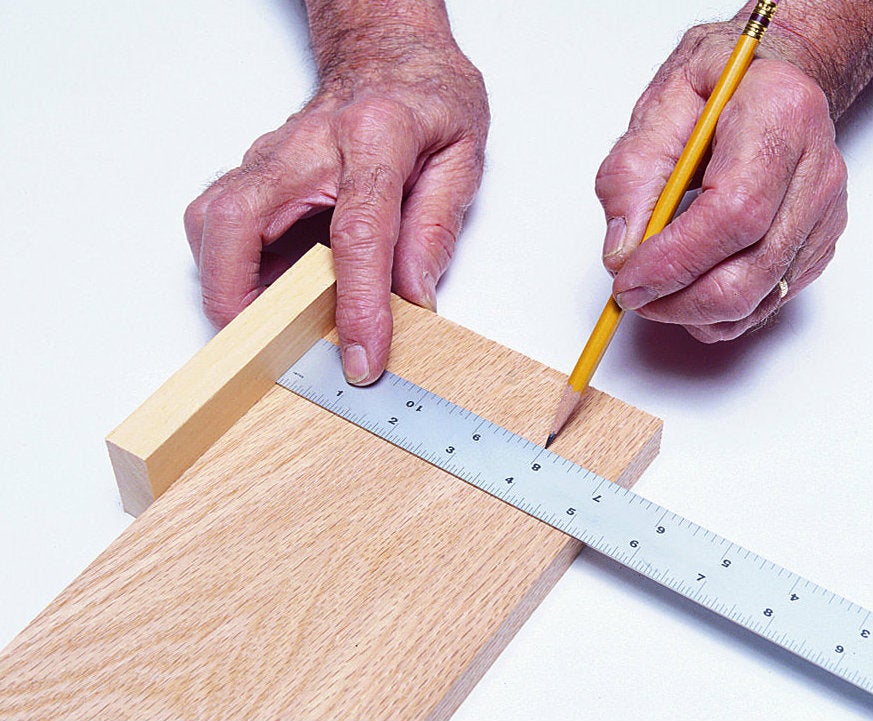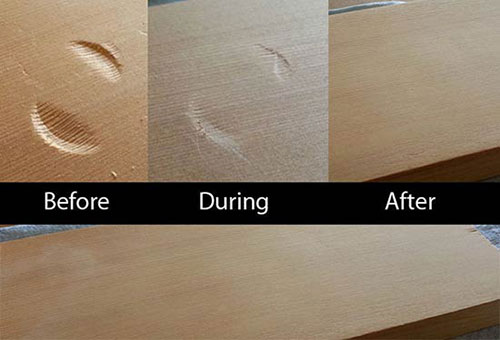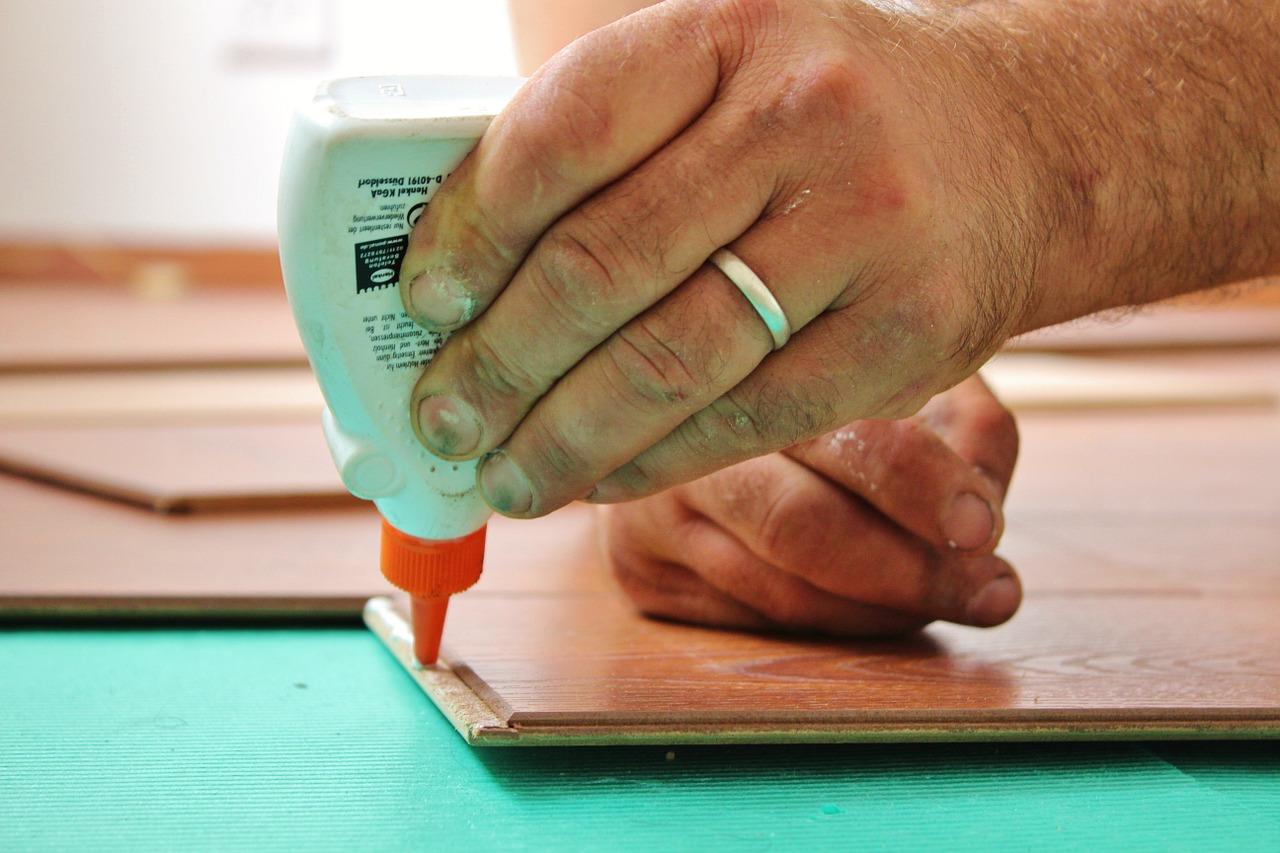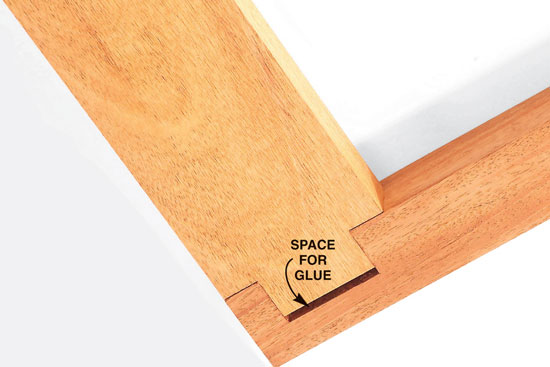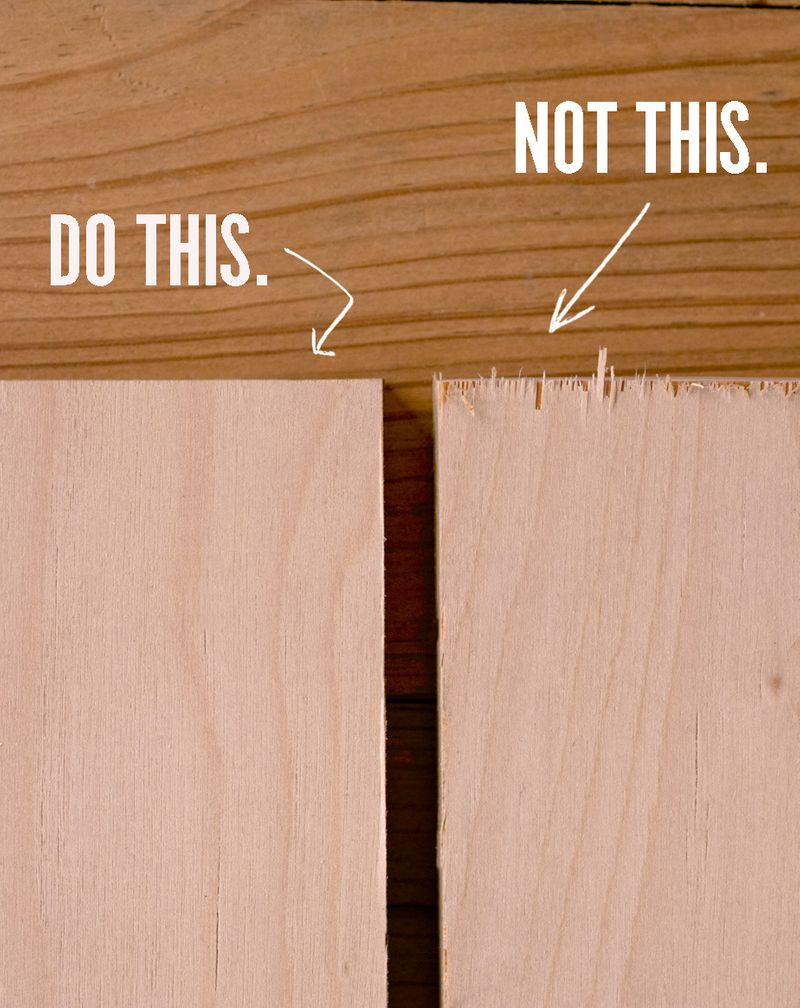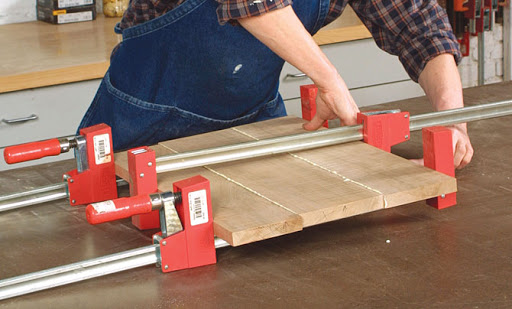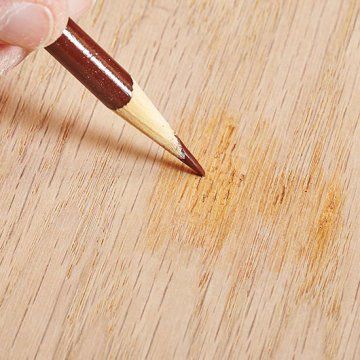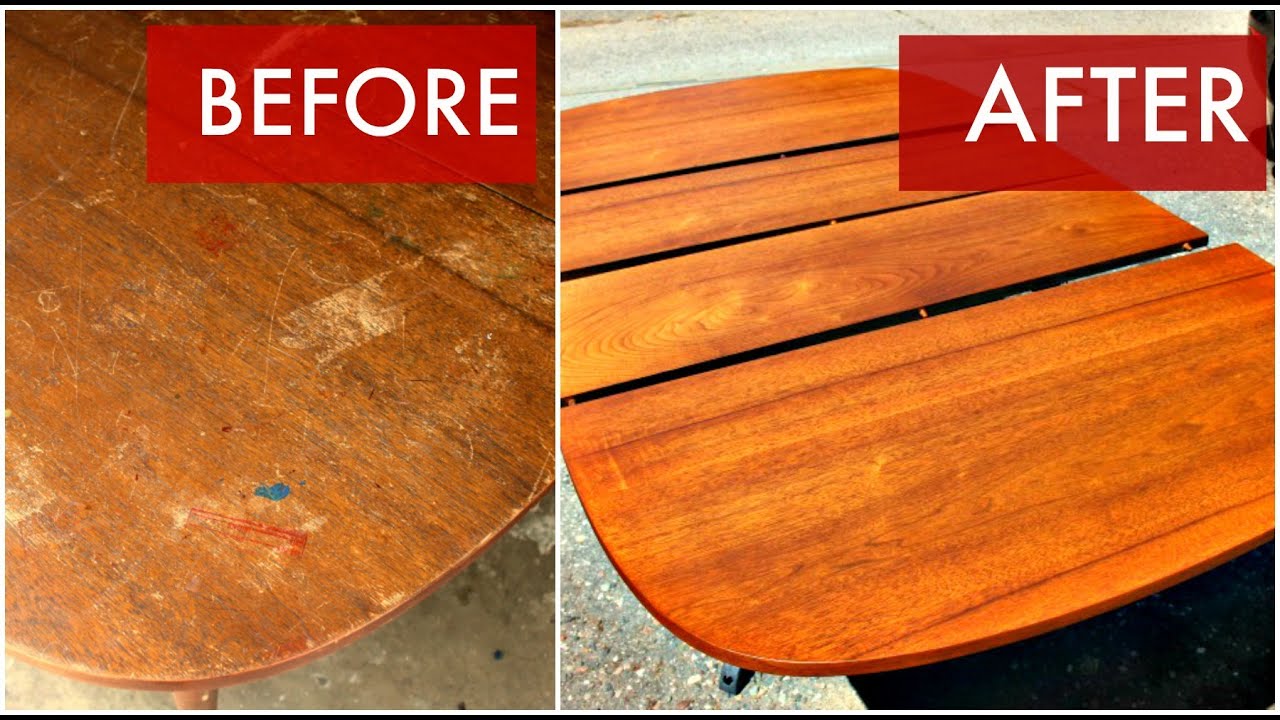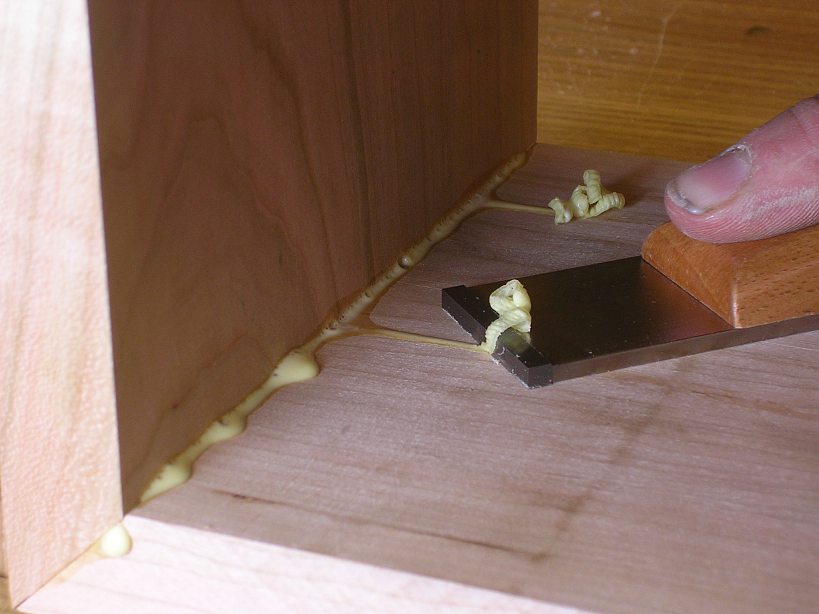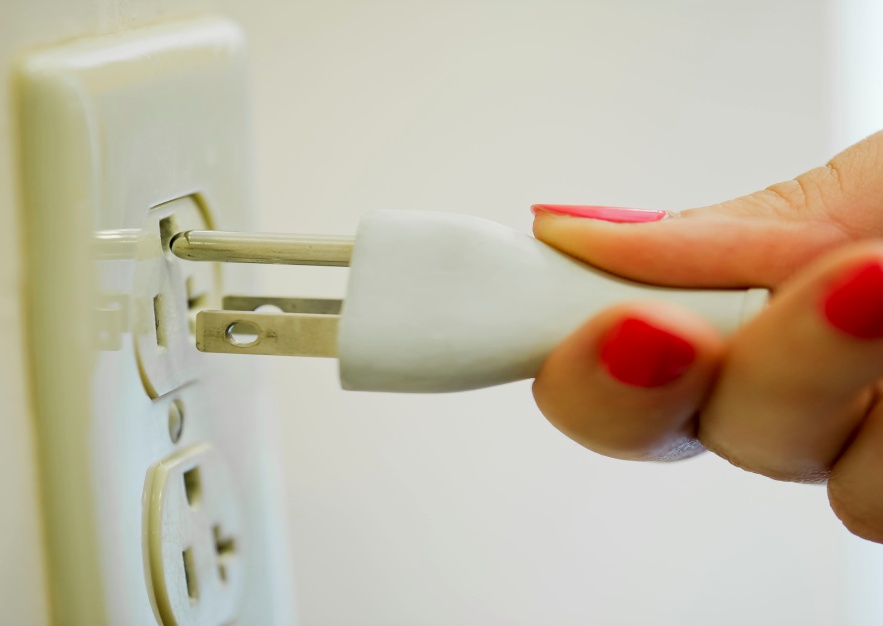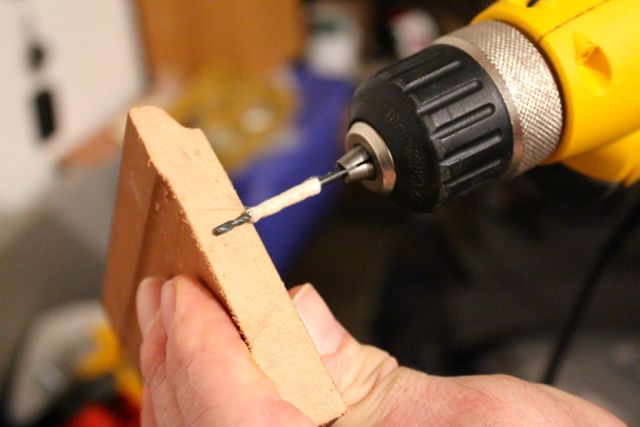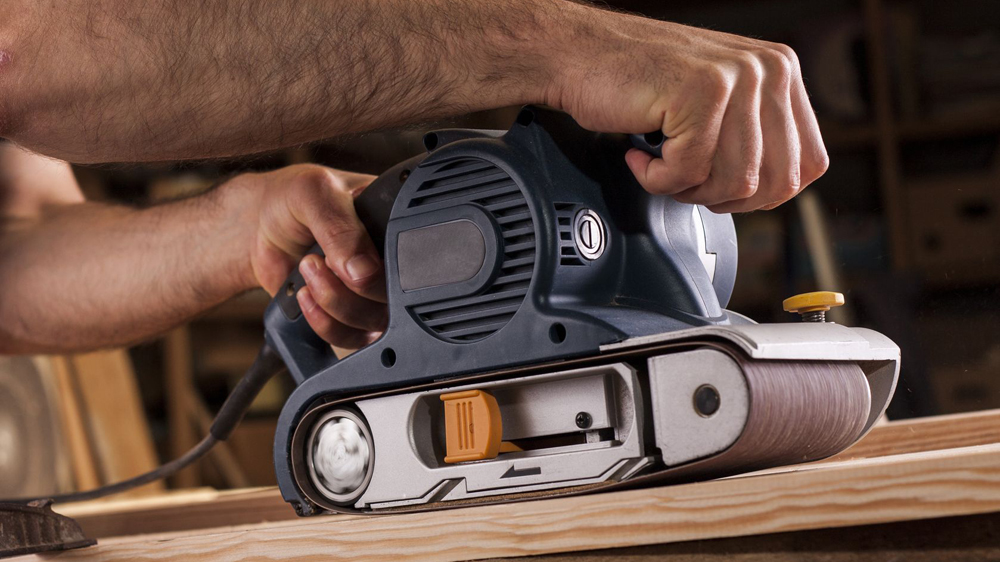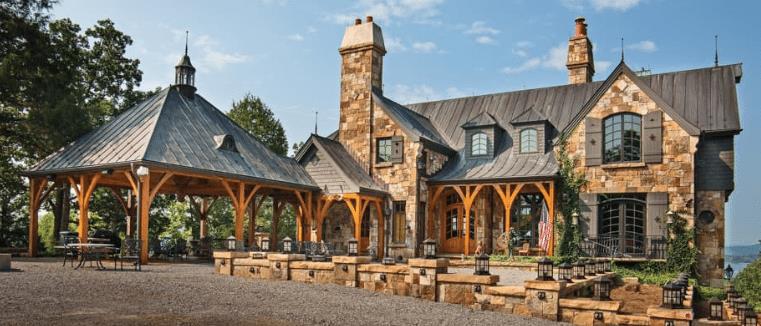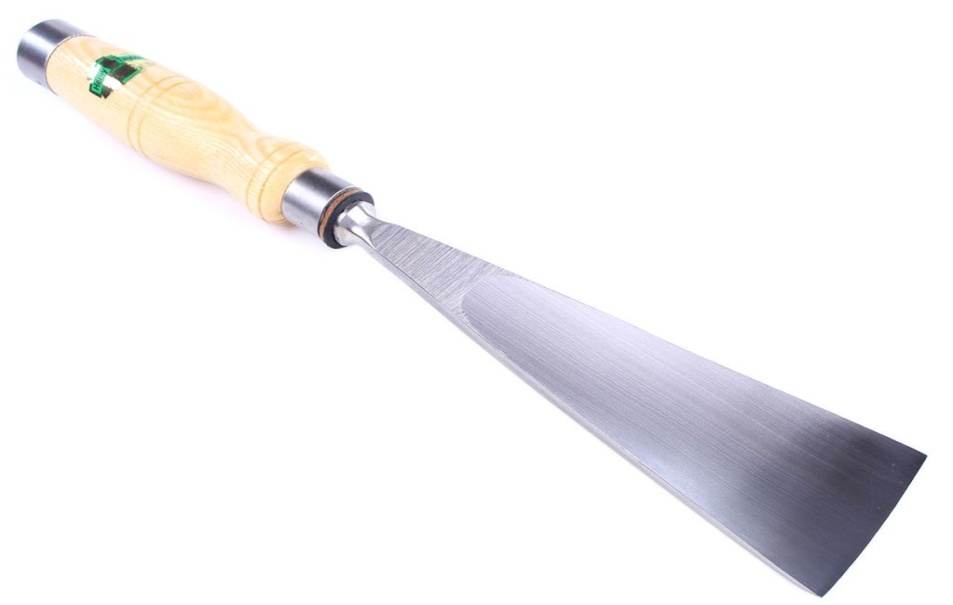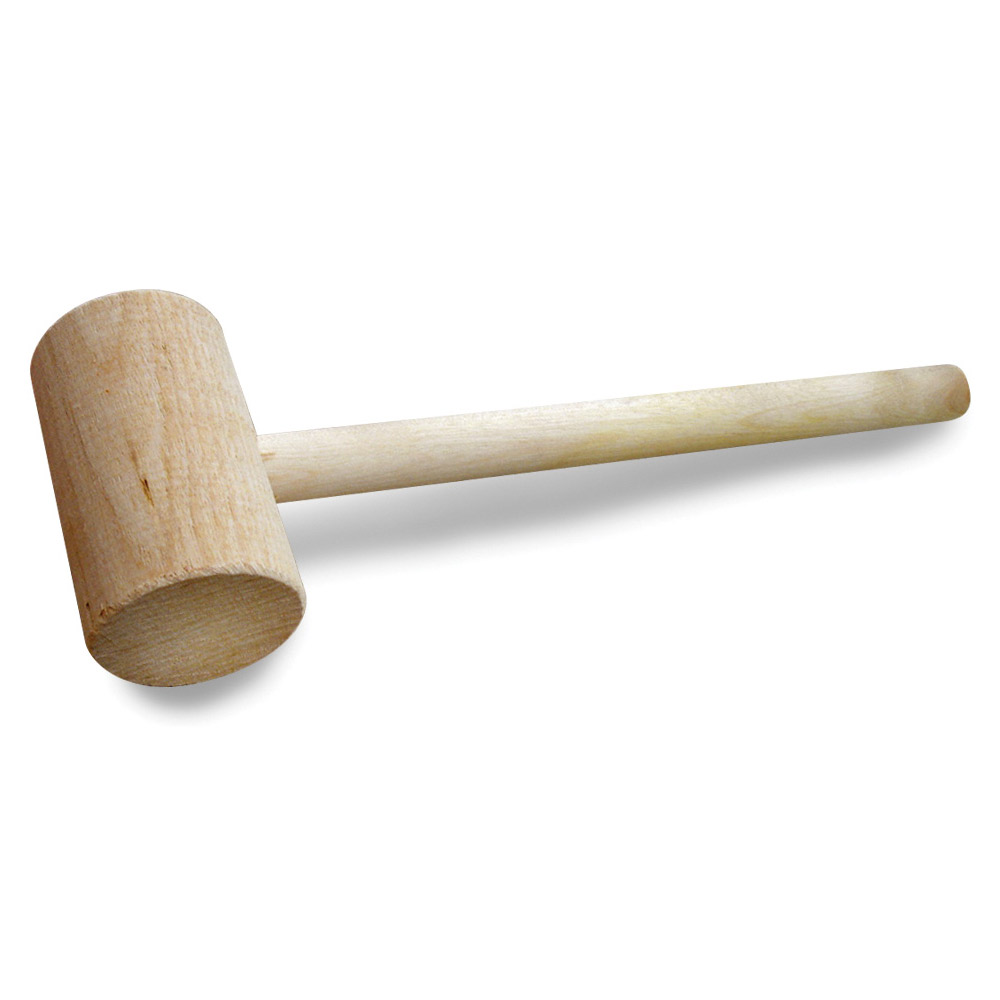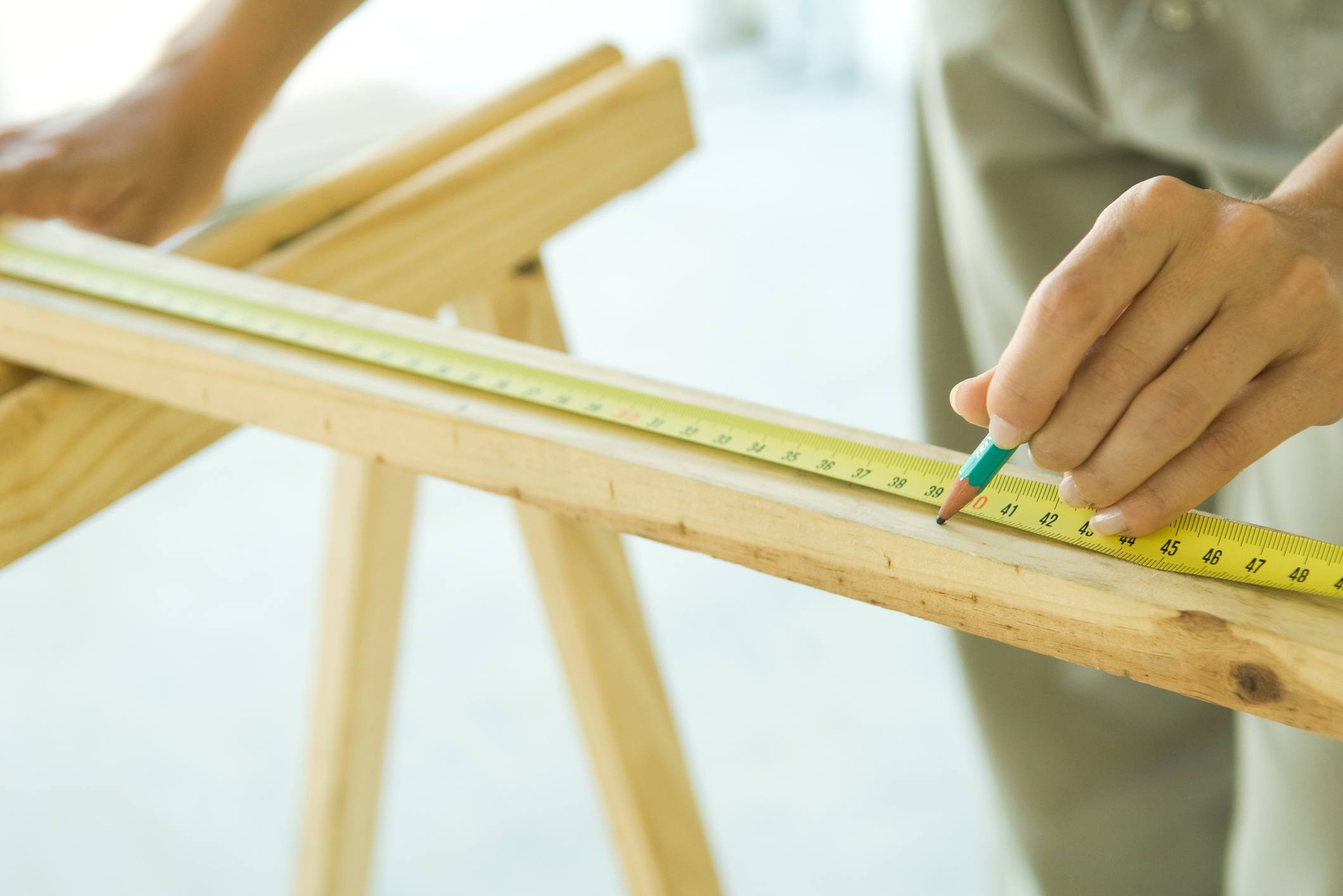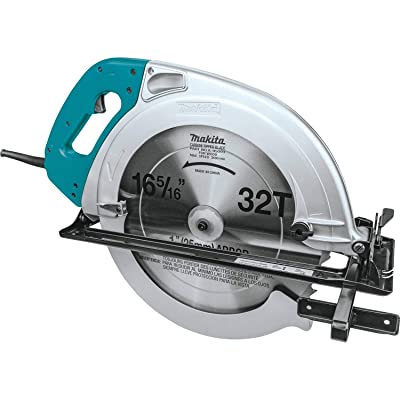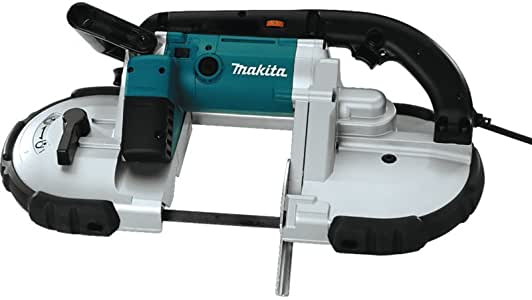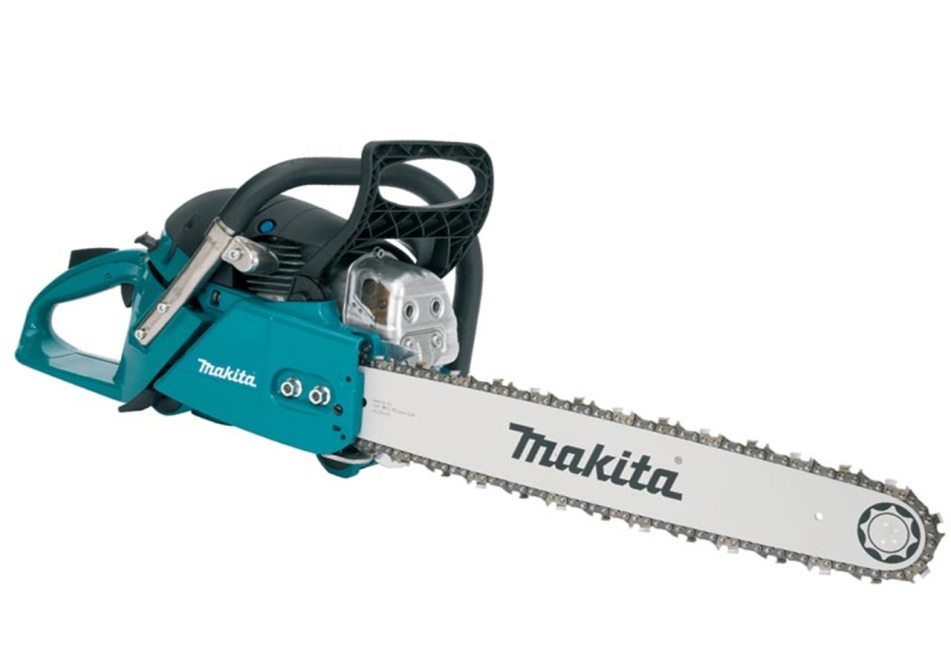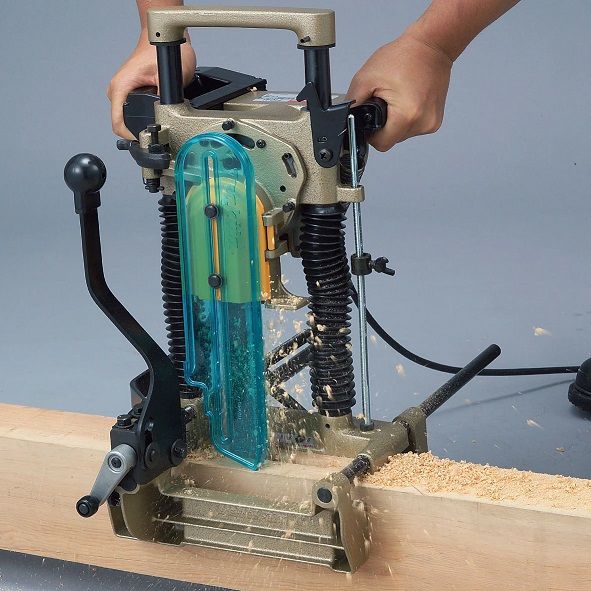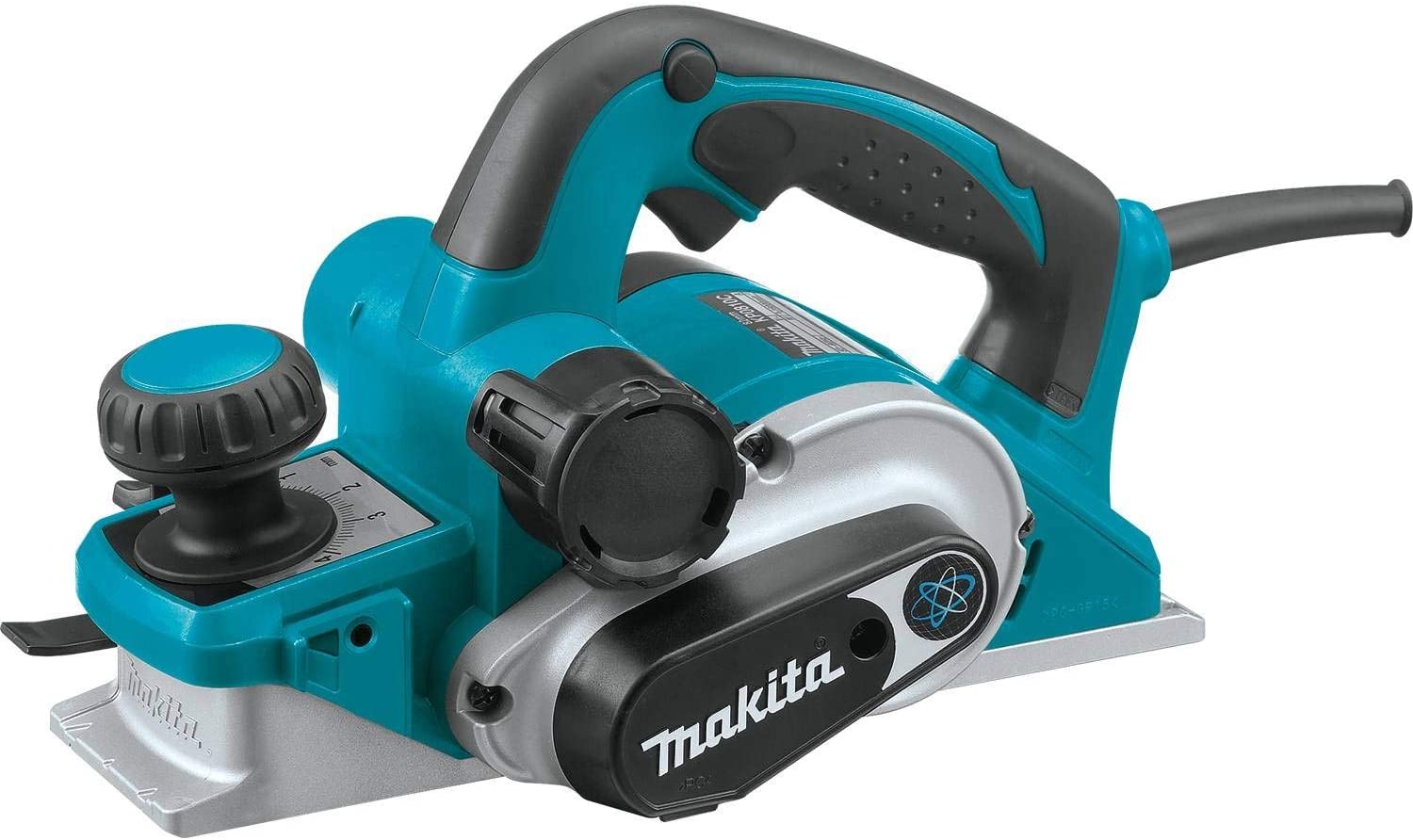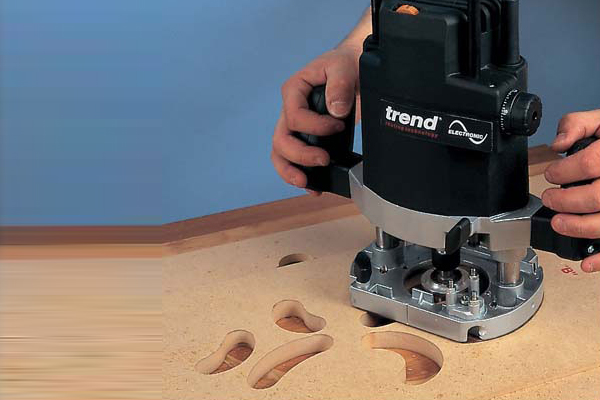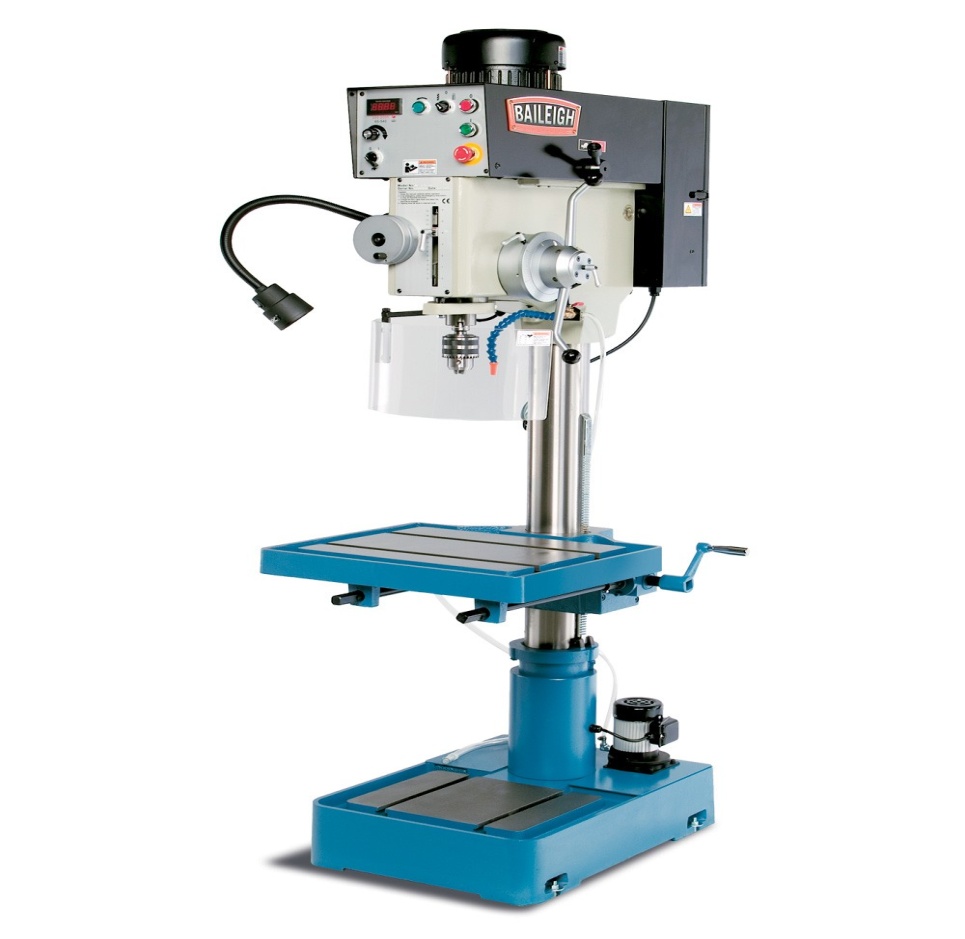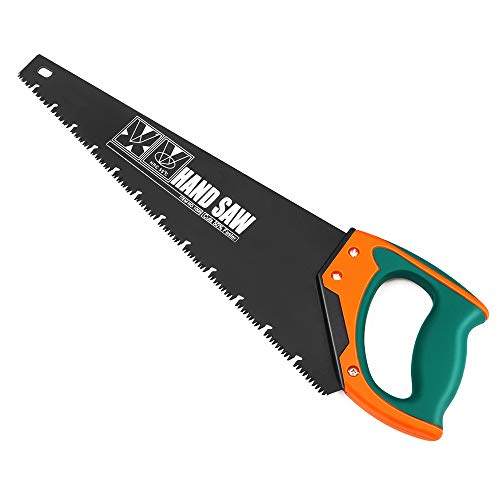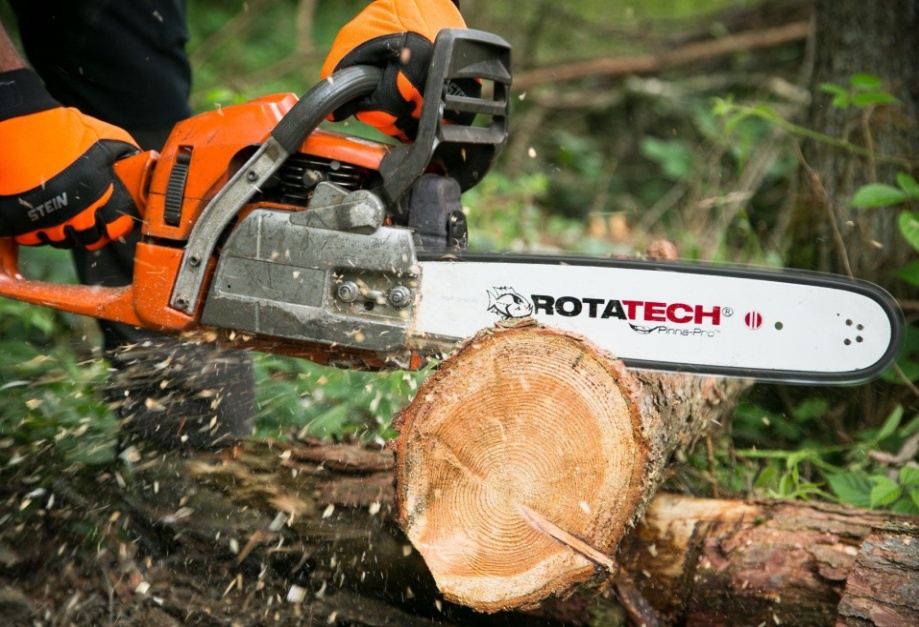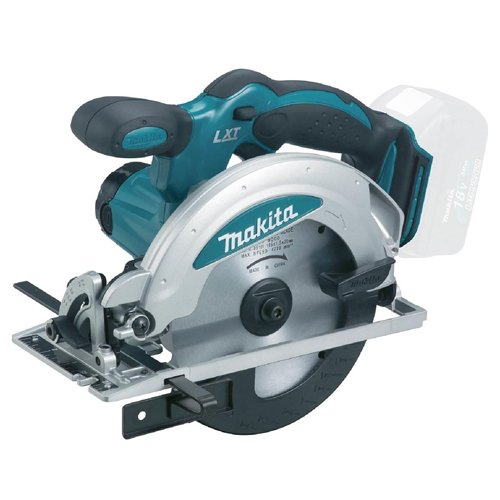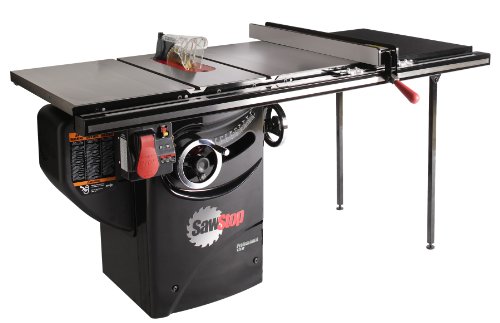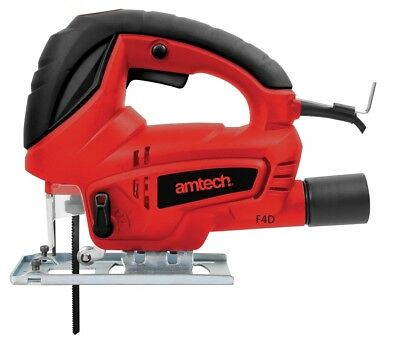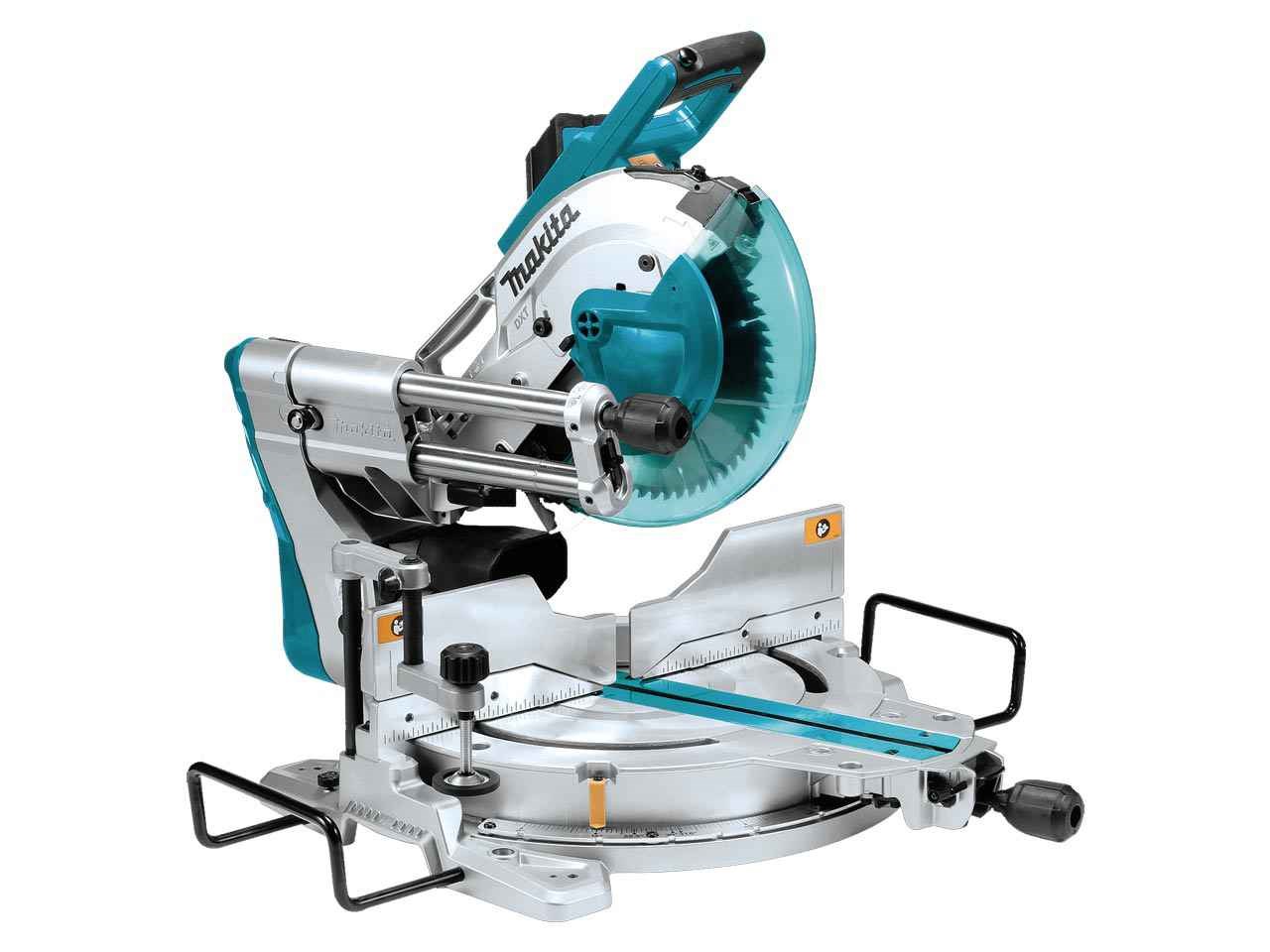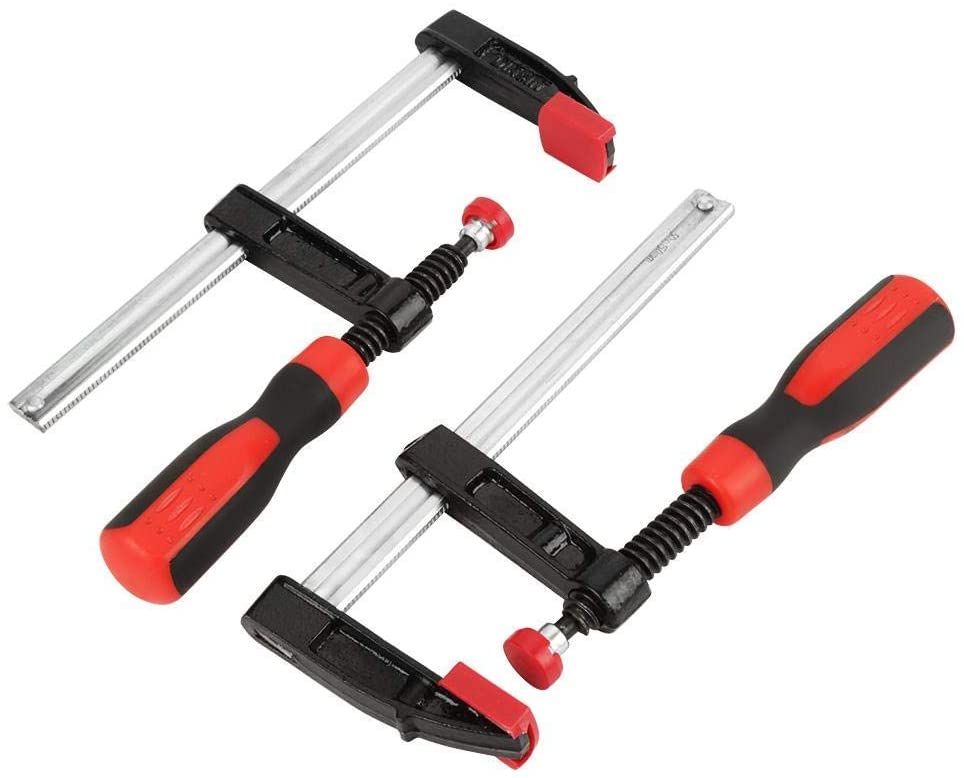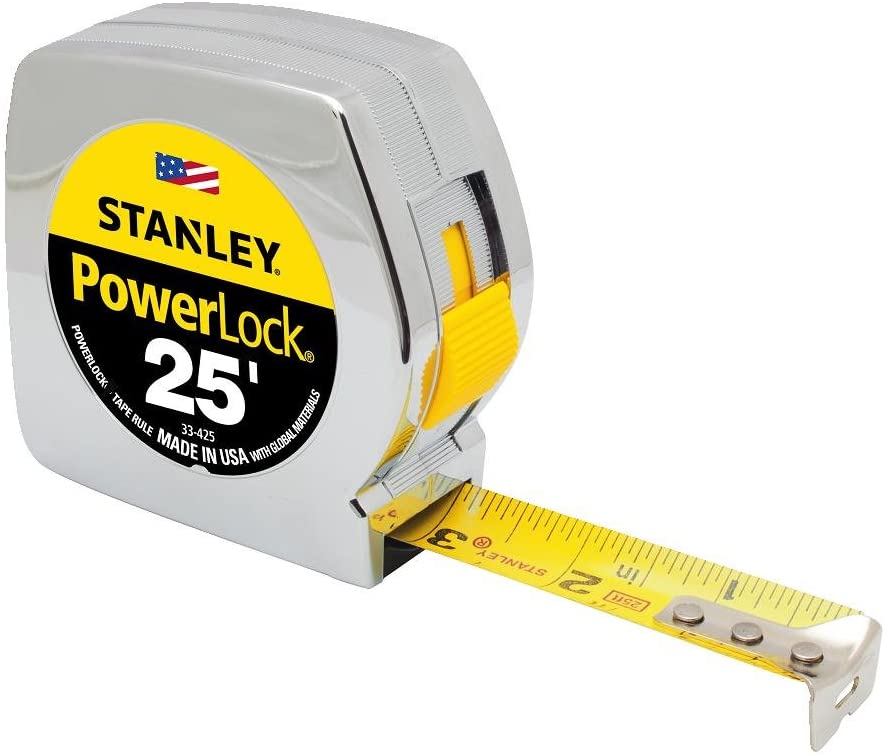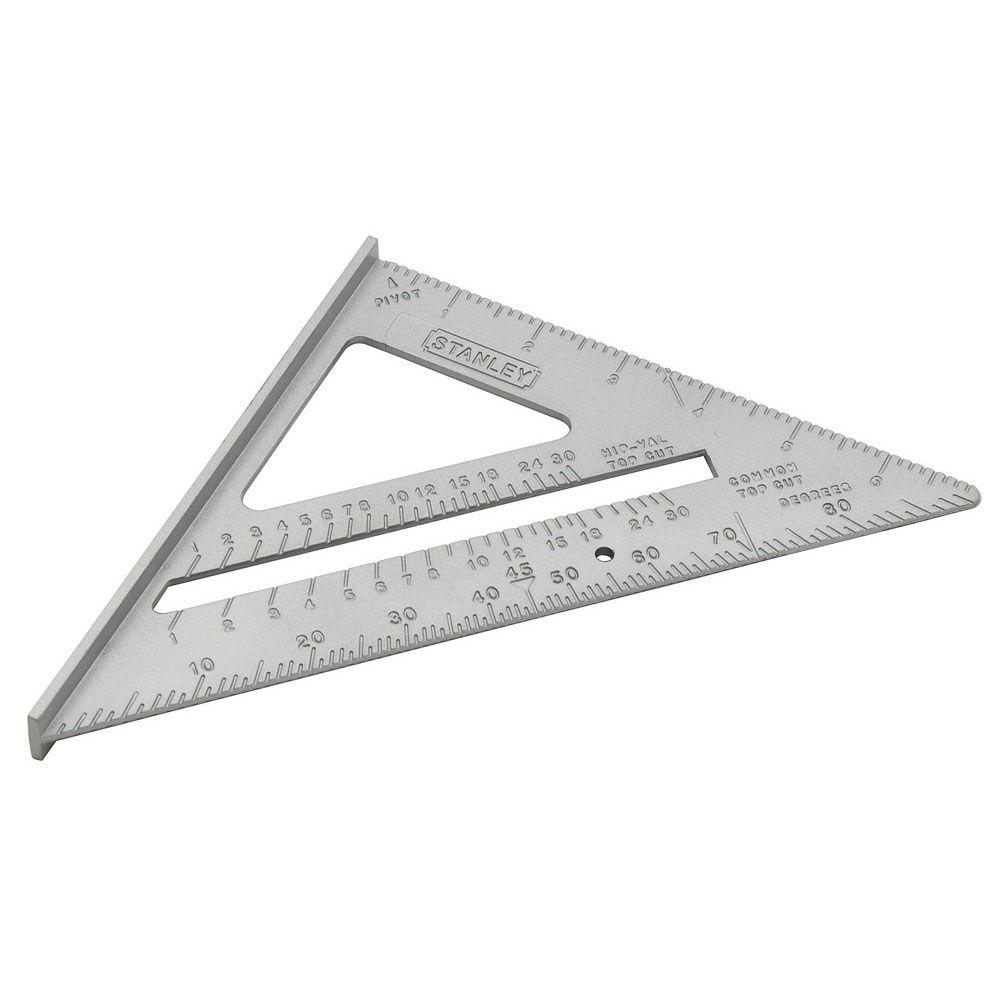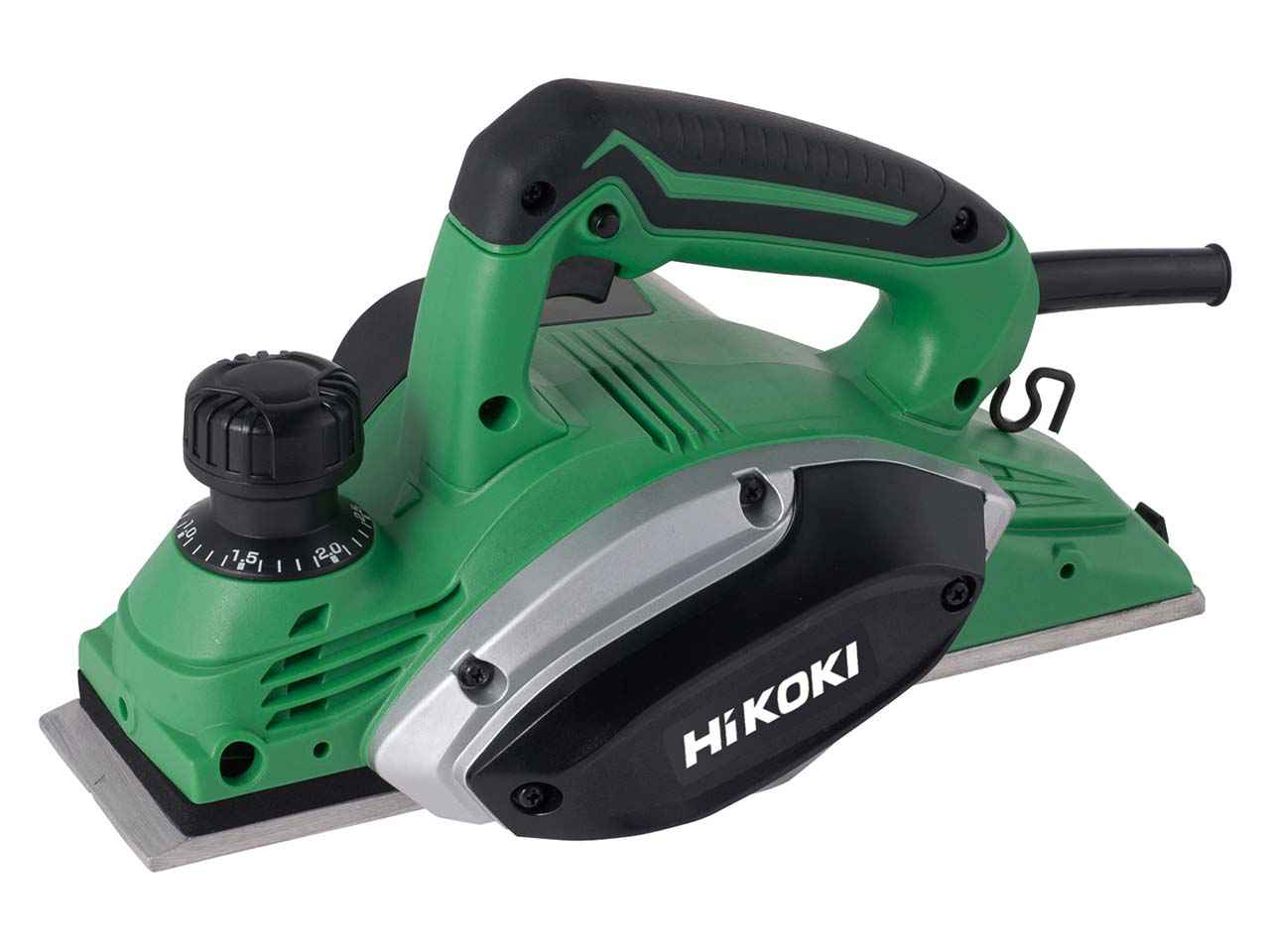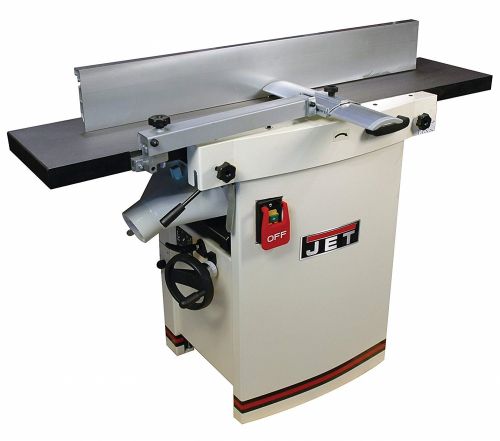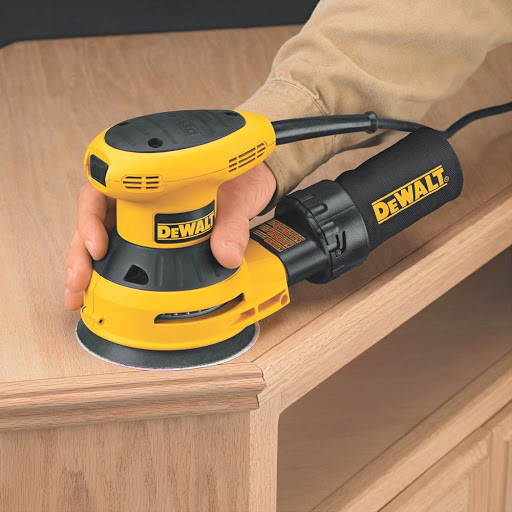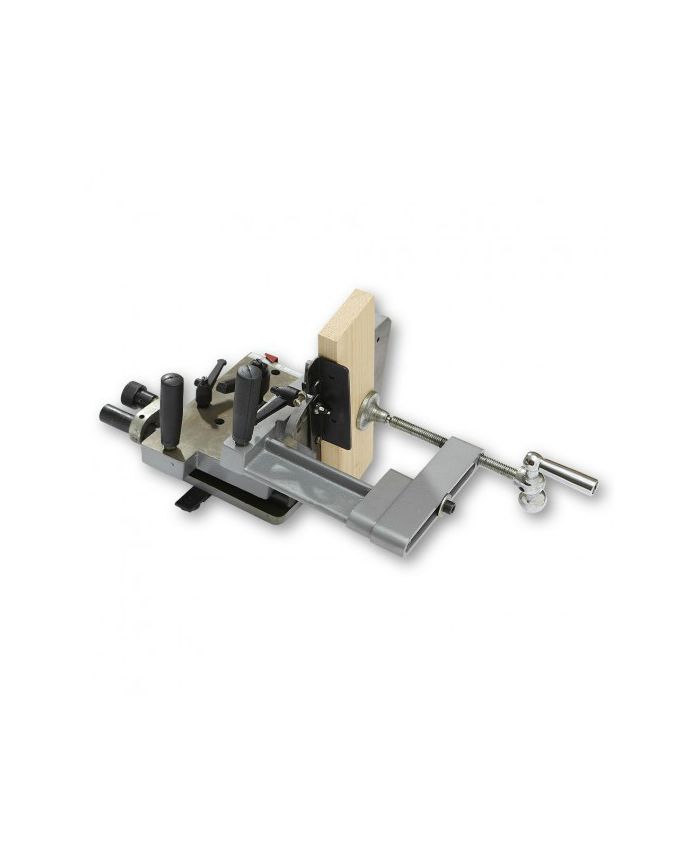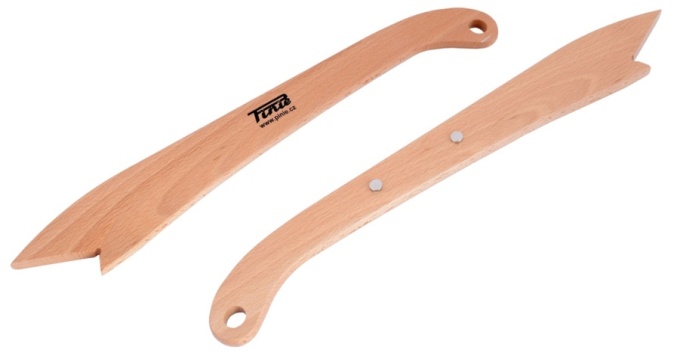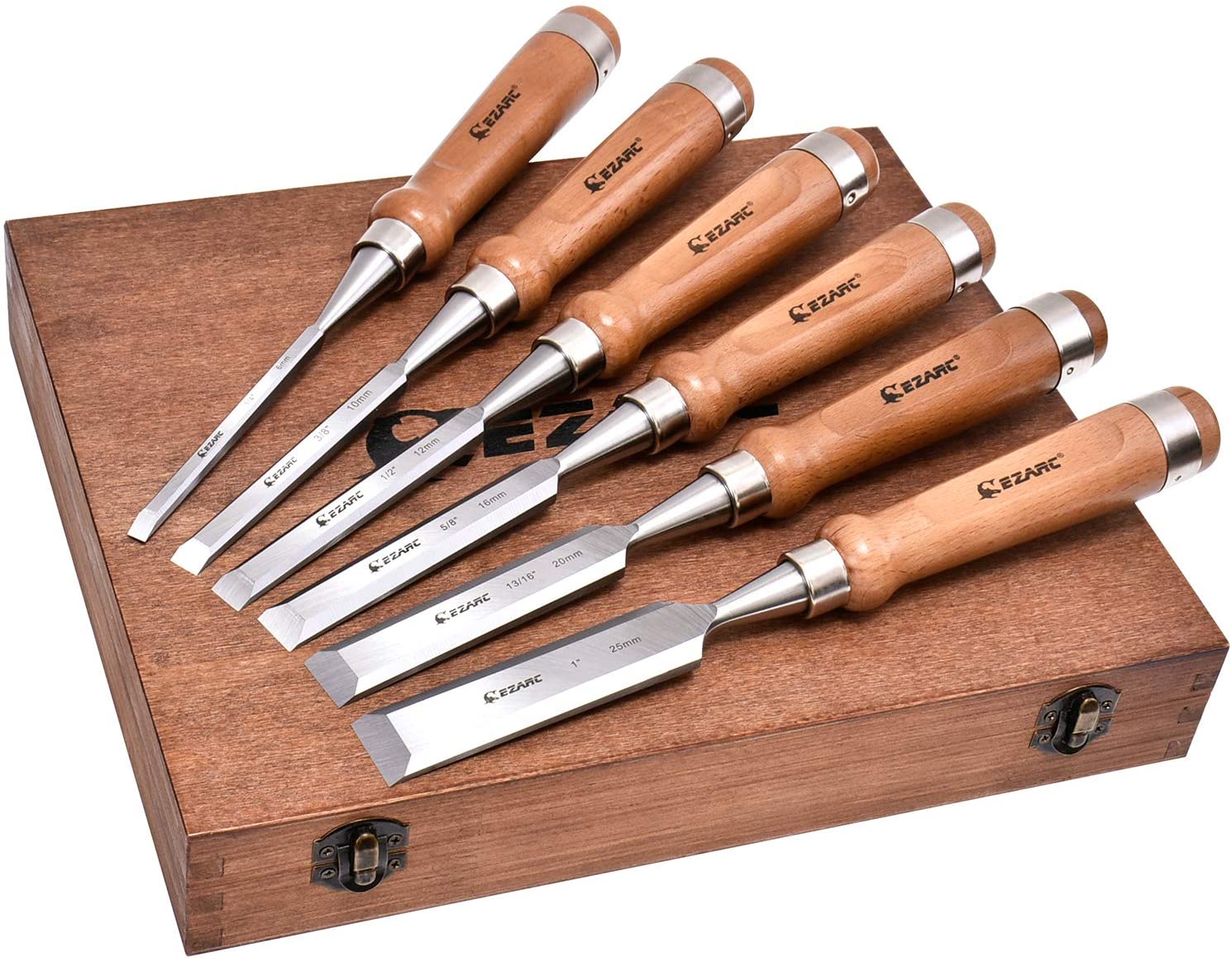
Is a steel build house always better than a house build with wood? Before making the final choice, it is wise to consider the pro and cons of each style and then decide the one which suits your needs.
Although steel frame houses are considered more long lasting than wood frame houses but the stability of a house highly depends on how professionally a particular house is designed and built. Scientists have developed a new type of “super wood” that is more than 10 times stronger than normal wood – and this wood could be a natural and inexpensive substitute for steel and other materials in future.
A wood structure building are very cost efficient as wood is much cheaper than steel. Wood can be easily cut and designed aesthetically. It also offers lower labor costs as there are more professionals having experience of making wood frame houses rather than of steel frame houses.
Wood also adds a pleasant rustic charming appeal to your building and can be built pretty fast as well. Wood is also light in weight than relatively used materials especially metals.
On the other hand, the obvious disadvantages of wood frame building include vulnerability of damage due to fire, water, termites and decay. Therefore, it is suggested that such buildings should be sprayed with chemicals and painted from time to time to avoid these problems.
Wood build houses are gaining popularity in UK. Wood buildings not only look natural and in tune with environment but are also well insulated to combat the harsh winters.
Wood frame houses are usually built in factories as per the demand. These houses can then be assembled on site very quickly. Factory prefabrication is mostly preferred by self builders, as manufacturers in factories have to work under strict quality control methods, wood is pretreated with chemicals and correct specification of materials is ensured.
Tools used for wood frame houses:
A huge variety of tools are available in market or online stores. Few woodworking tools are the same as used in olden times, some are modified according to time and technology and remaining others are modern power tools or their accessories.
The basic woodworking tools used for building timber frame houses are:
- Circular Saw
- Band Saw
- Hand Saw
- Chain Saw
- Chain Mortiser
- Power Planers
- Router
- Drill
- Axes
- Hammers
- Chisels
- Measuring Tape
- Carpenter’s Square
- Computer Numerical Control (CNC) Machine
In case, you are interested in knowing more about timber framing tools, you can read our previous articles in which we have discussed wood framing tools in detail.
Computer Numerical Control (CNC):
Usage of computer for cutting and shaping wood precisely is also increasing day by day. Computer numerical control (CNC) is a type of manufacturing process that can cut a wide variety of materials. Wood is a common material that can be easily cut by CNC routers for making most accurate joineries.
A CNC wood router is a computerized machine that is capable of designing tangible objects from various wood types, including maple and other hard wood.
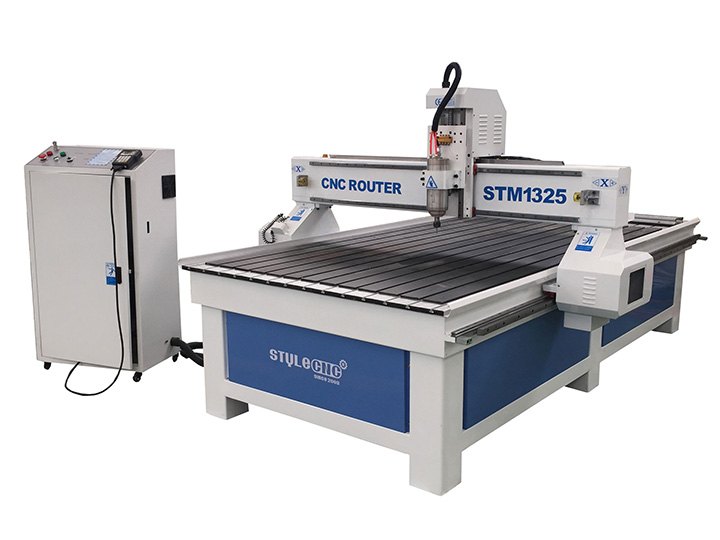
A CNC wood router operates on what is called the Cartesian coordinate system. This system uses the X, Y and Z axis for achieving 3D motion control of a project. The specific parts of a woodworking project can be designed by a computer with CAD and CAM programs, and then can be cut automatically with a CNC router.
Wood is definitely a better alternative for building houses and buildings if proper care is taken. Unlike other metal materials, wooden products and houses soak up excess carbon present in the atmosphere and make the climatic changes less severe and hence we can say that wood is the most environment friendly material.

